Species Photo Gallery for Osbornellus auronitens No Common Name 12 |
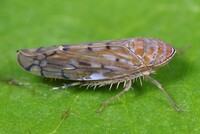 | Photo by: Rob Van Epps
Mecklenburg Co.
Comment: Attracted to porch light. Suburban yard near woods. |  | Photo by: Rob Van Epps
Mecklenburg Co.
Comment: Attracted to porch light. Suburban yard near woods. |
 | Photo by: Rob Van Epps
Mecklenburg Co.
Comment: Attracted to porch light. Suburban yard near woods. | 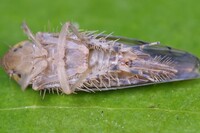 | Photo by: Rob Van Epps
Mecklenburg Co.
Comment: Attracted to porch light. Suburban yard near woods. |
 | Photo by: Ken Kneidel
Yancey Co.
Comment: forest edge with small lawn and meadow nearby, female, 5.6 mm | 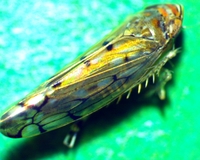 | Photo by: Ken Kneidel
Yancey Co.
Comment: forest edge with small lawn and meadow nearby, female, 5.6 mm |
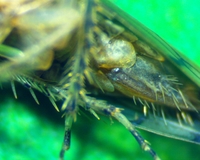 | Photo by: Ken Kneidel
Yancey Co.
Comment: forest edge with small lawn and meadow nearby, female, 5.6 mm |  | Photo by: John Rosenfeld
Out Of State Co.
Comment: female |
 | Photo by: John Rosenfeld
Out Of State Co.
Comment: female | 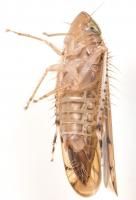 | Photo by: John Rosenfeld
Out Of State Co.
Comment: female |
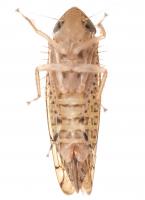 | Photo by: John Rosenfeld
Out Of State Co.
Comment: female | 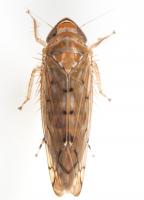 | Photo by: John Rosenfeld
Out Of State Co.
Comment: female |
|

 »
»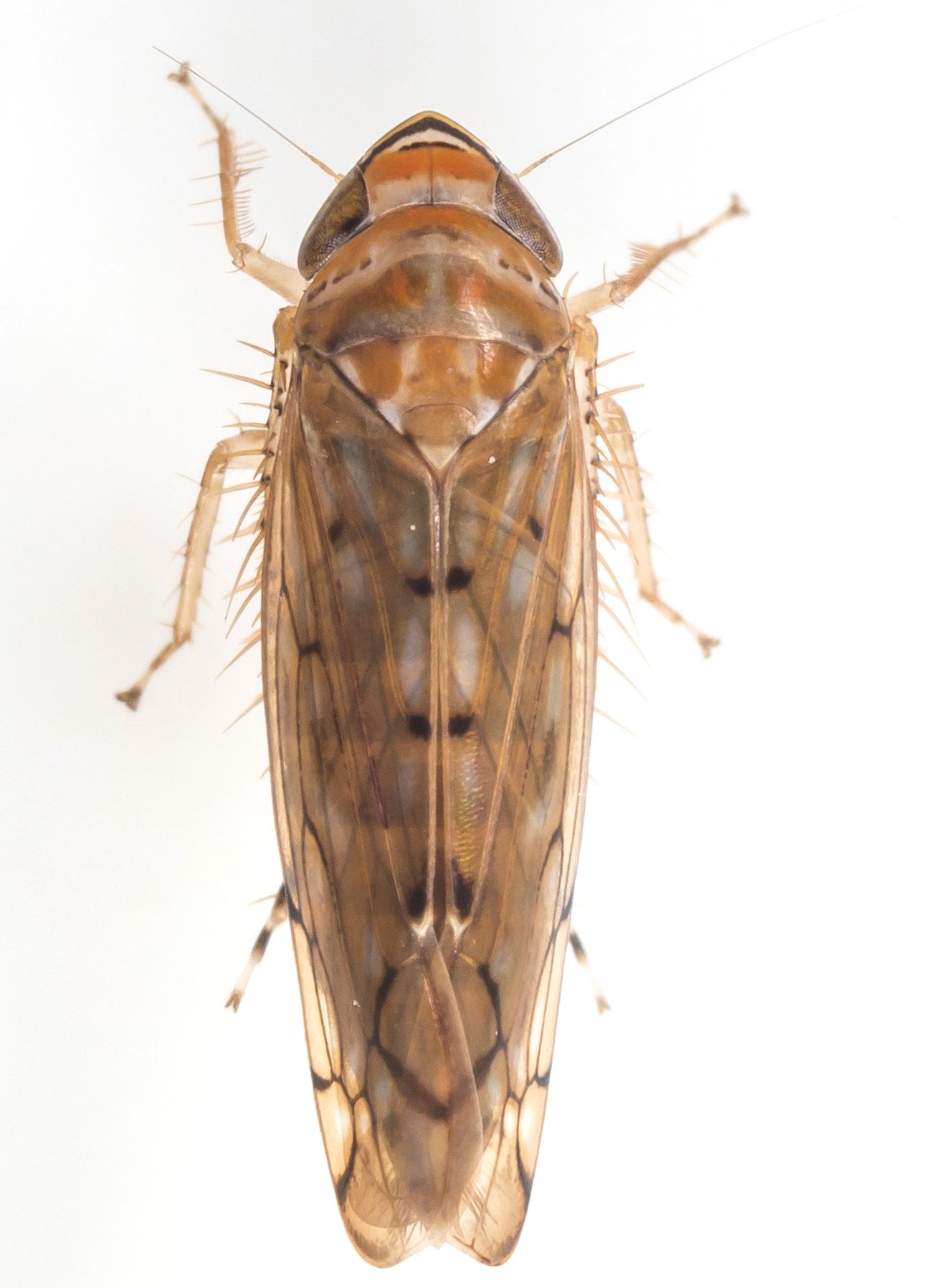



 »
»

